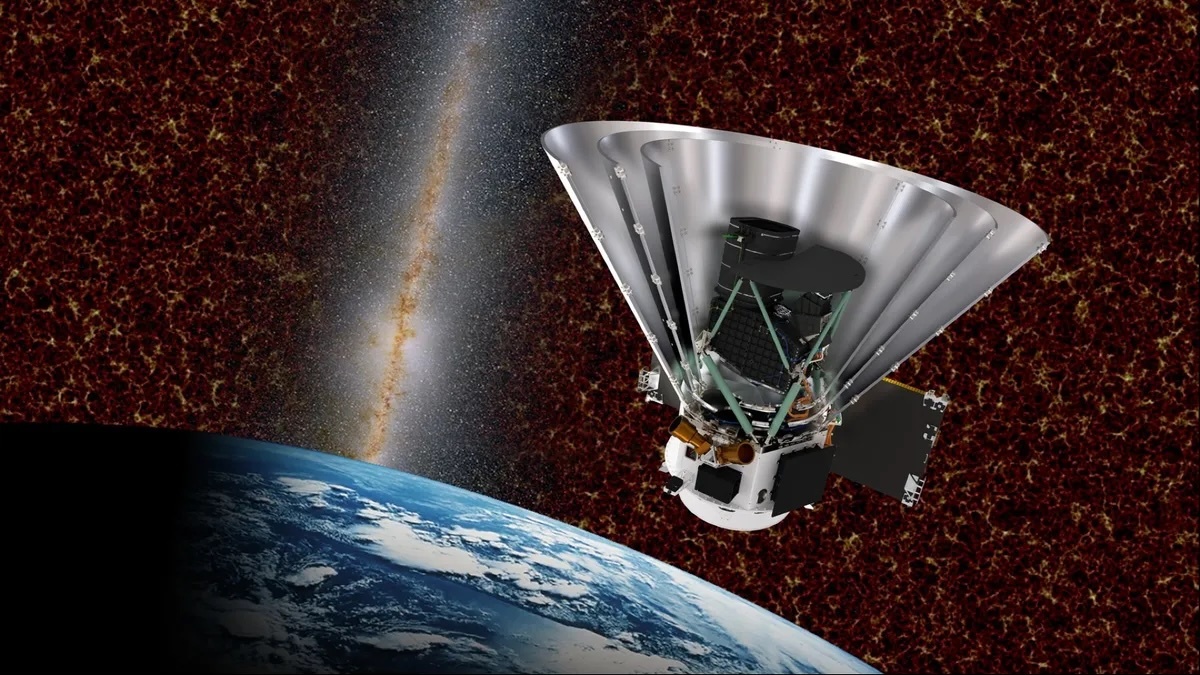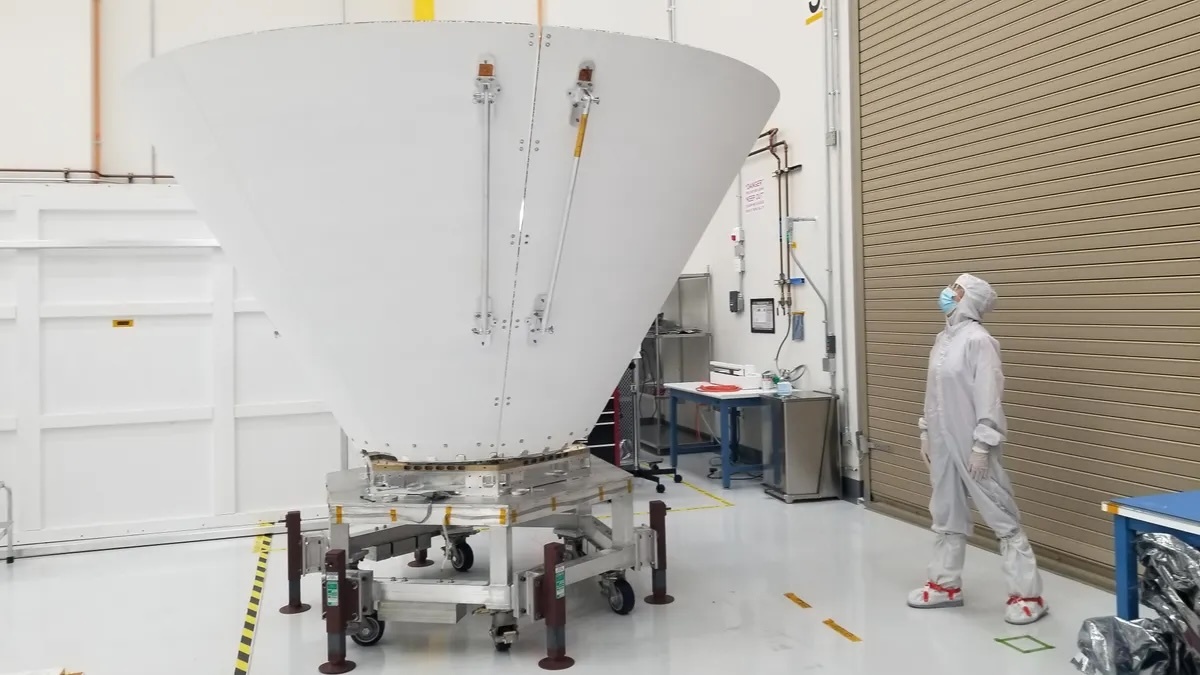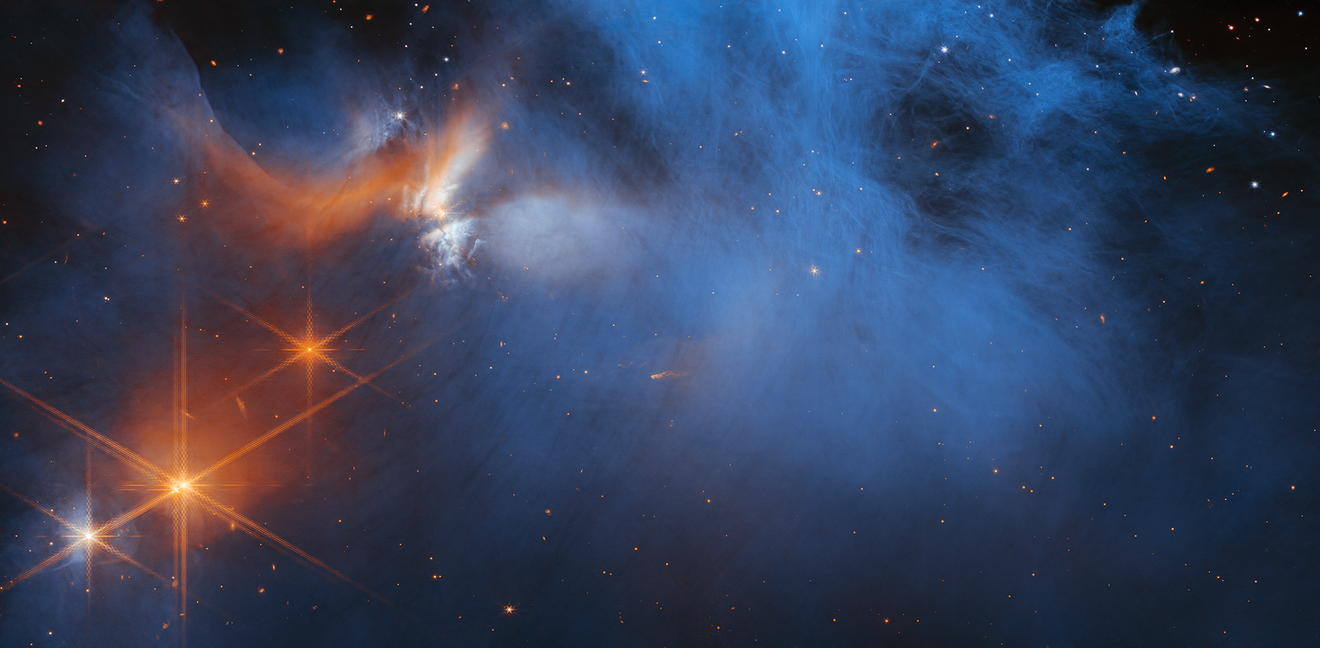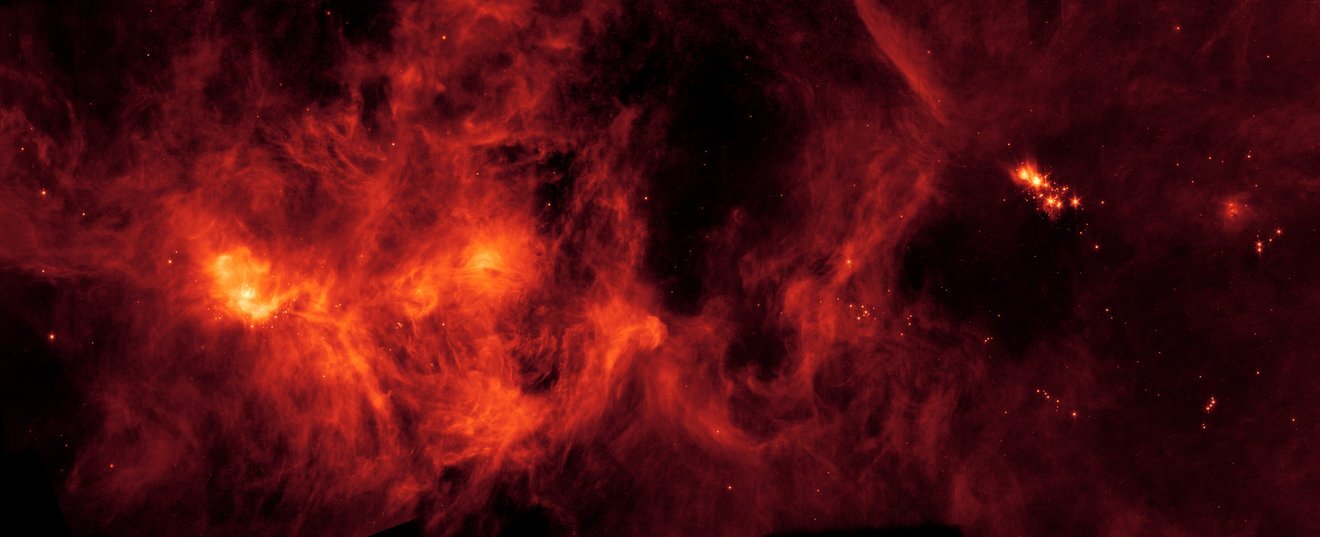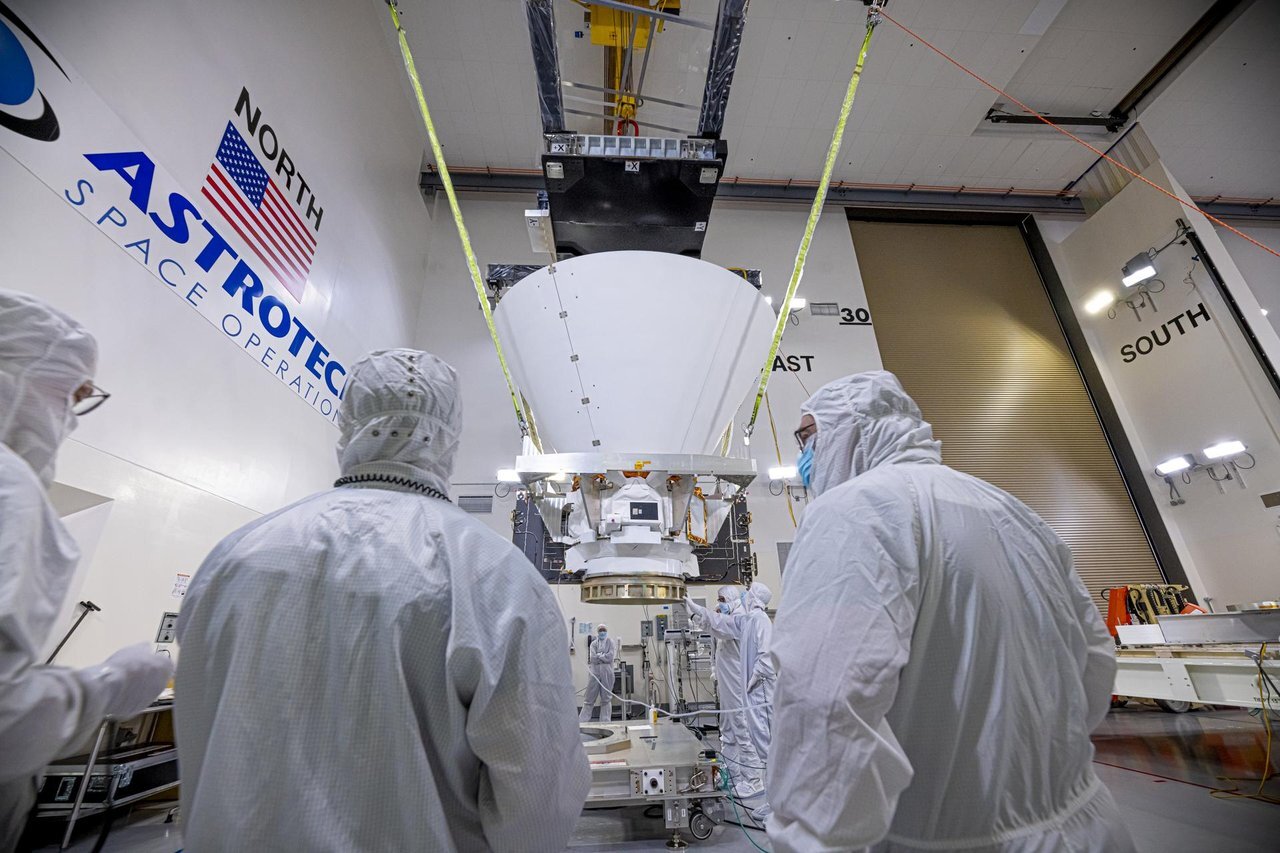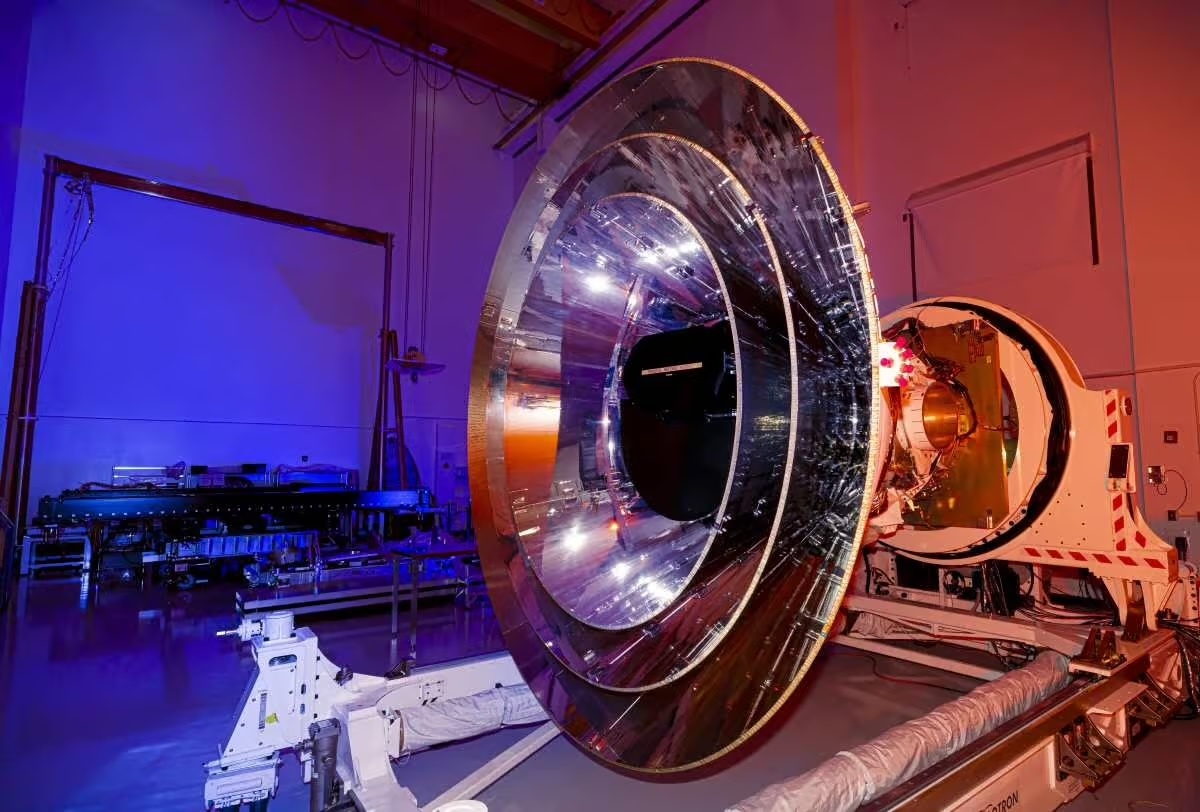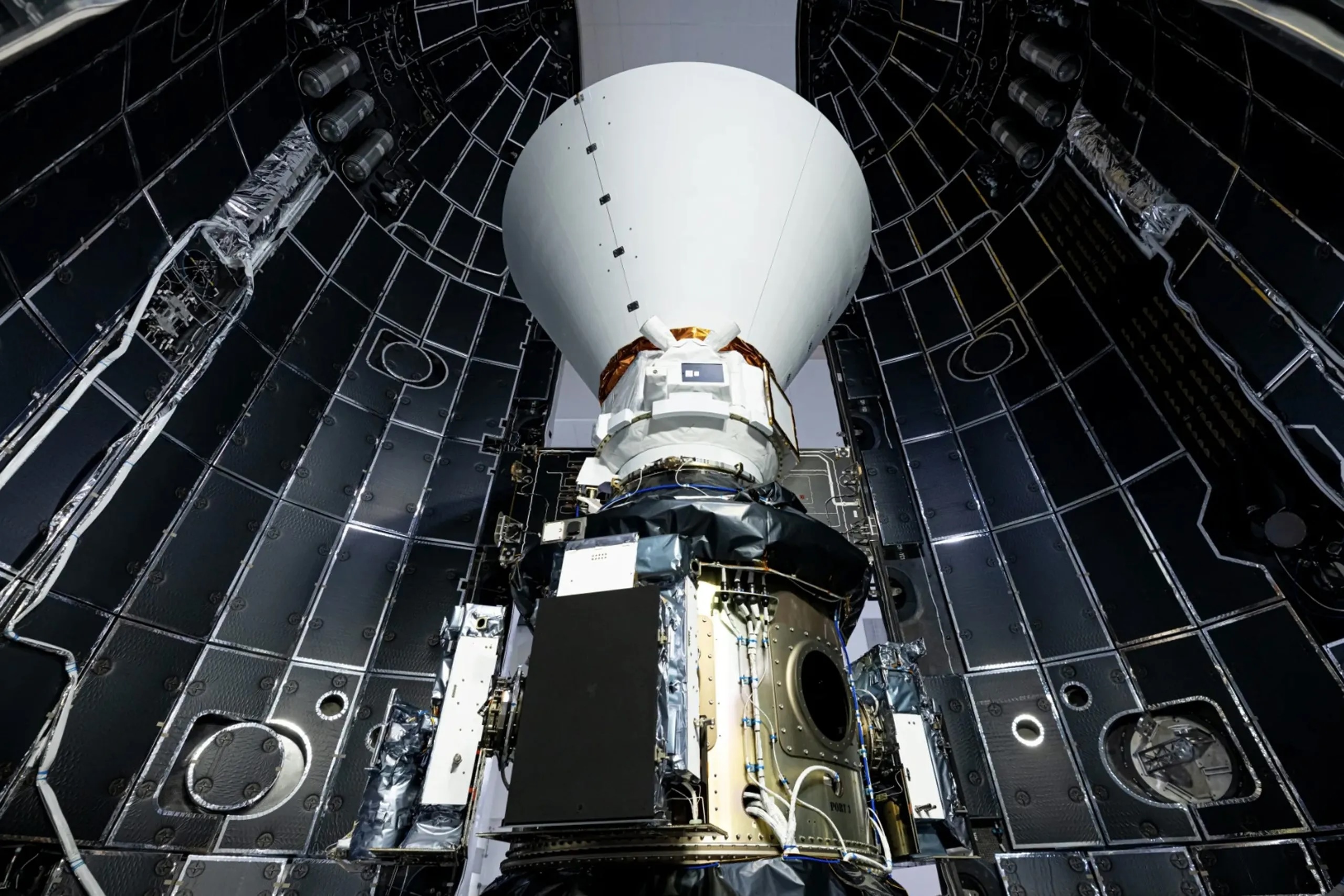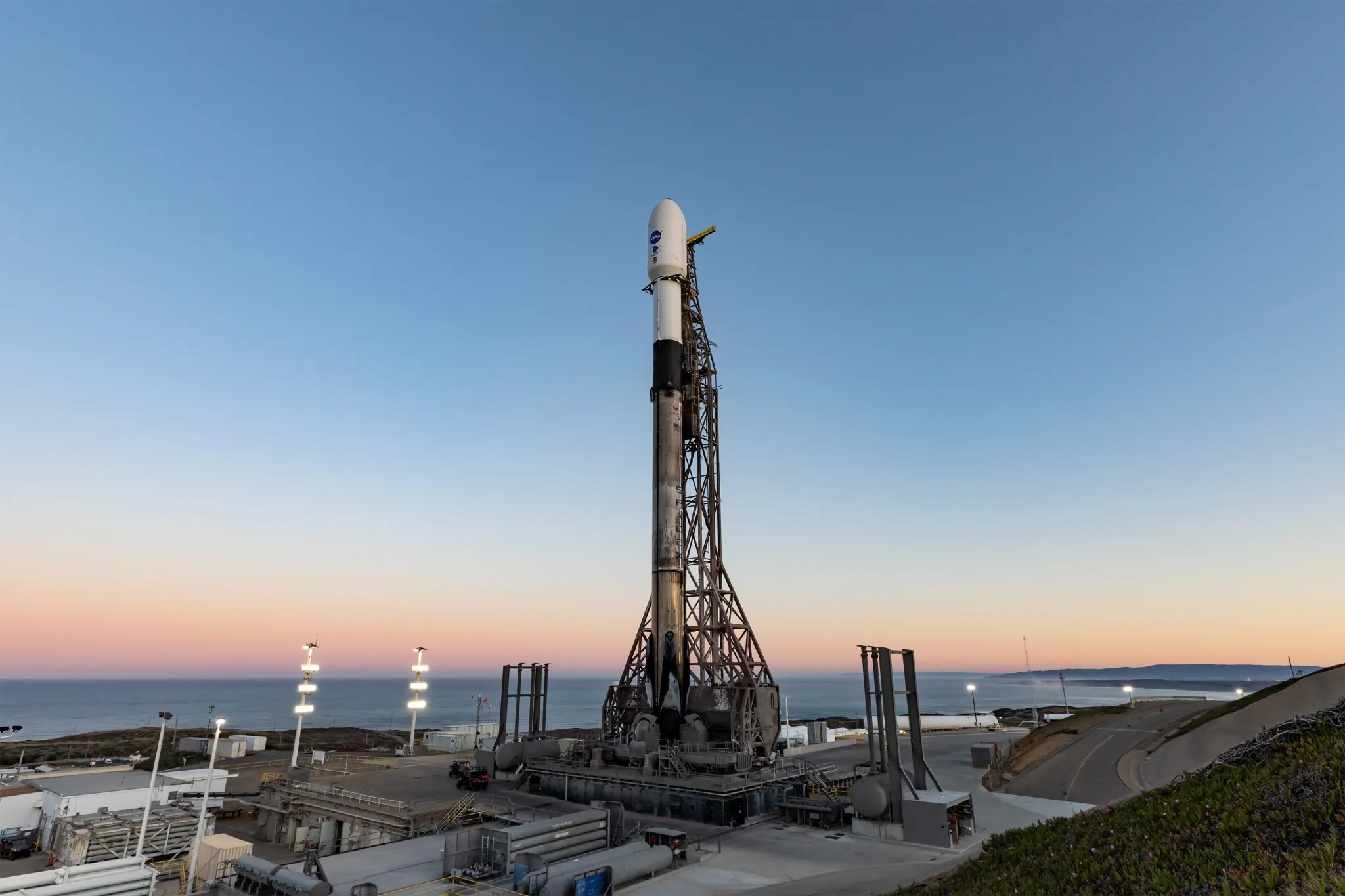15.01.2025
NASA SPHEREx mission to make all-sky infrared map
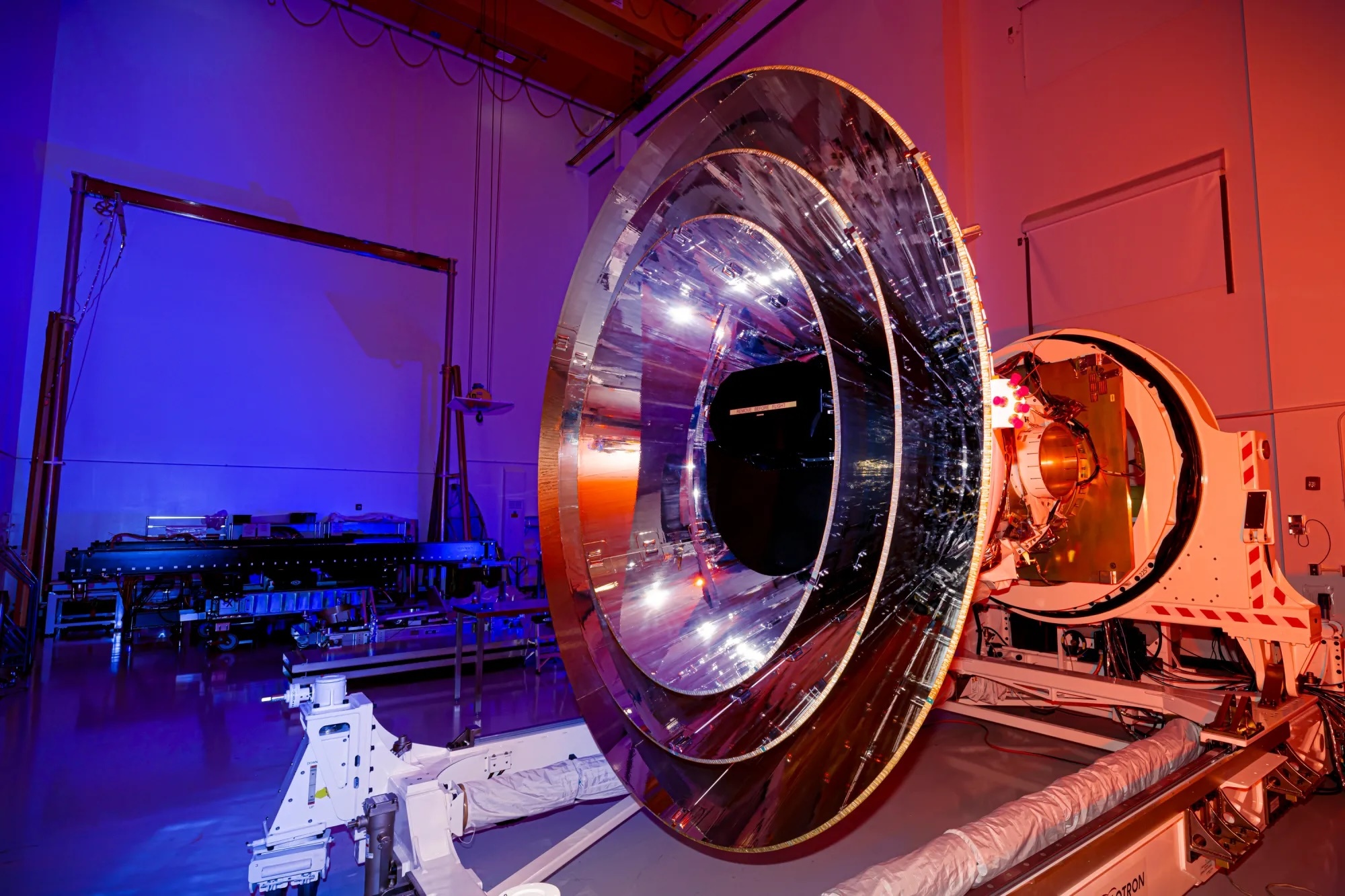
Media accreditation is open for the launch of two NASA missions that will explore the mysteries of our universe and Sun.
The agency is targeting late February to launch its SPHEREx (Spectro-Photometer for the History of the Universe, Epoch of Reionization and Ices Explorer) observatory, a space telescope that will create a 3D map of the entire sky to help scientists investigate the origins of our universe. NASA’s PUNCH (Polarimeter to Unify the Corona and Heliosphere) mission, which will study origins of the Sun’s outflow of material, or the solar wind, also will ride to space with the telescope.
NASA and SpaceX will launch the missions aboard the company’s Falcon 9 rocket from Space Launch Complex 4E at Vandenberg Space Force Base in California.
Accredited media will have the opportunity to participate in a series of prelaunch briefings and interviews with key mission personnel, including a science briefing the week of launch. NASA will communicate additional details regarding the media event schedule as the launch date approaches.
Media interested in covering the launch must apply for media accreditation. The application deadline for U.S. citizens is 11:59 p.m. EST, Thursday, Feb. 6, while international media without U.S. citizenship must apply by 11:59 p.m., Monday, Jan. 20.
NASA’s media accreditation policy is available online. For questions about accreditation, please email: ksc-media-accreditat@mail.nasa.gov. For other mission questions, please contact the newsroom at NASA’s Kennedy Space Center in Florida at 321-867-2468.
Para obtener información sobre cobertura en español en el Centro Espacial Kennedy o si desea solicitar entrevistas en español, comuníquese con Antonia Jaramillo: 321-501-8425, o Messod Bendayan: 256-930-1371.
Updates about spacecraft launch preparations are available on the agency’s SPHEREx blog and PUNCH blog.
The SPHEREx mission will observe hundreds of millions of stars and galaxies in infrared light, a range of wavelengths not visible to the human eye. With this map, SPHEREx will enable scientists to study inflation, or the rapid expansion of the universe a fraction of a second after the big bang. The observatory also will measure the collective glow from galaxies near and far, including light from hidden galaxies that individually haven’t been observed, and look for reservoirs of water, carbon dioxide, and other key ingredients for life in our home galaxy.
Launching as a rideshare with SPHEREx, the agency’s PUNCH mission is made up of four suitcase-sized satellites that will spread out around Earth’s day-night line to observe the Sun and space with a combined field of view. Working together, the four satellites will map out the region where the Sun’s outer atmosphere, the corona, transitions to the solar wind, or the constant outflow of material from the Sun.
The SPHEREx observatory is managed by NASA’s Jet Propulsion Laboratory in Southern California for the Astrophysics Division within the agency’s Science Mission Directorate in Washington. The mission principal investigator is based jointly at NASA JPL and Caltech. Formerly Ball Aerospace, BAE Systems built the telescope, supplied the spacecraft bus, and performed observatory integration. The science analysis of the SPHEREx data will be conducted by a team of scientists located at 10 institutions in the U.S., two in South Korea, and one in Taiwan. Data will be processed and archived at IPAC at Caltech. The SPHEREx data set will be publicly available.
The agency’s PUNCH mission is led by Southwest Research Institute’s office in Boulder, Colorado. The mission is managed by the Explorers Program Office at NASA’s Goddard Space Flight Center in Greenbelt, Maryland, for NASA’s Science Mission Directorate. NASA’s Launch Services Program, based at NASA Kennedy, manages the launch service for the SPHEREx and PUNCH missions.
Quelle: NASA
----
Update: 19.01.2025
.
BAE Systems delivers NASA's SPHEREx Observatory for launch
BROOMFIELD, Colo., BAE Systems (LON: BA) has successfully delivered NASA's Spectro-Photometer for the History of the Universe, Epoch of Reionization and Ices Explorer (SPHEREx) Observatory to Vandenberg Space Force Base in California. The observatory is scheduled to launch in late February alongside NASA's Polarimeter to Unify the Corona and Heliosphere (PUNCH) mission aboard a SpaceX Falcon 9 rocket. The minimum two-year mission will conduct the first all-sky spectral surveys and gather valuable data to help answer fundamental questions about the universe.
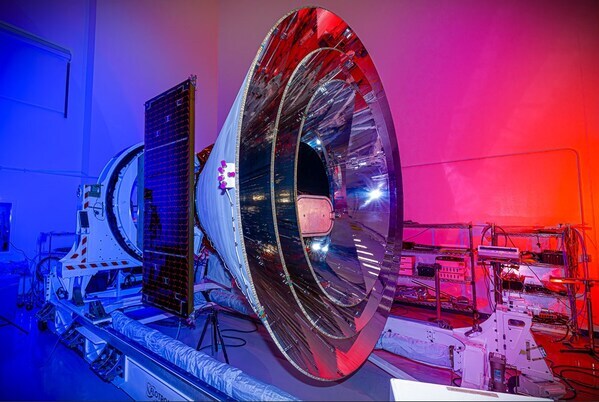
The SPHEREx Observatory inside the BAE Systems clean room in Boulder, Colorado
SPHEREx will use an advanced imager developed by NASA's Jet Propulsion Laboratory (JPL) and the California Institute of Technology (Caltech) to survey the entire sky in near-infrared light. Over the course of four planned surveys, the observatory will create 3D, colored maps of more than 450 million galaxies and millions of stars in the Milky Way. This data will provide the scientific community with novel insights on the formation of the universe in the moments after the Big Bang, help determine how galaxies evolve over time, and seek out water and other life-sustaining molecules in areas where planets are forming.
"The development of SPHEREx represents a remarkable collaborative effort between BAE Systems, JPL, Caltech, and numerous other institutions that helped to make this groundbreaking mission a reality," said Brian Pramann, SPHEREx program manager for BAE Systems Space & Mission Systems. "After years of complex design, manufacturing, integration and testing efforts, our team can't wait to see SPHEREx launch."
Along with its core science objectives, SPHEREx will also identify targets of interest for follow-up studies by observatories like the James Webb Space Telescope.
BAE Systems built both the spacecraft bus and telescope for the observatory, in addition to leading spacecraft integration and environmental testing for the mission. The company will also support launch operations and spacecraft commissioning. Caltech's Dr. Jamie Bock is the mission's principal investigator.
BAE Systems is proud to continue its longstanding support of NASA's astrophysics missions, including work on the Hubble Space Telescope, Chandra X-ray Observatory, James Webb Space Telescope, and the Nancy Grace Roman Space Telescope, among others.
Quelle: BAE Systems
----
Update: 24.01.2025
.
SwRI-led PUNCH spacecraft make final pit stop before launch
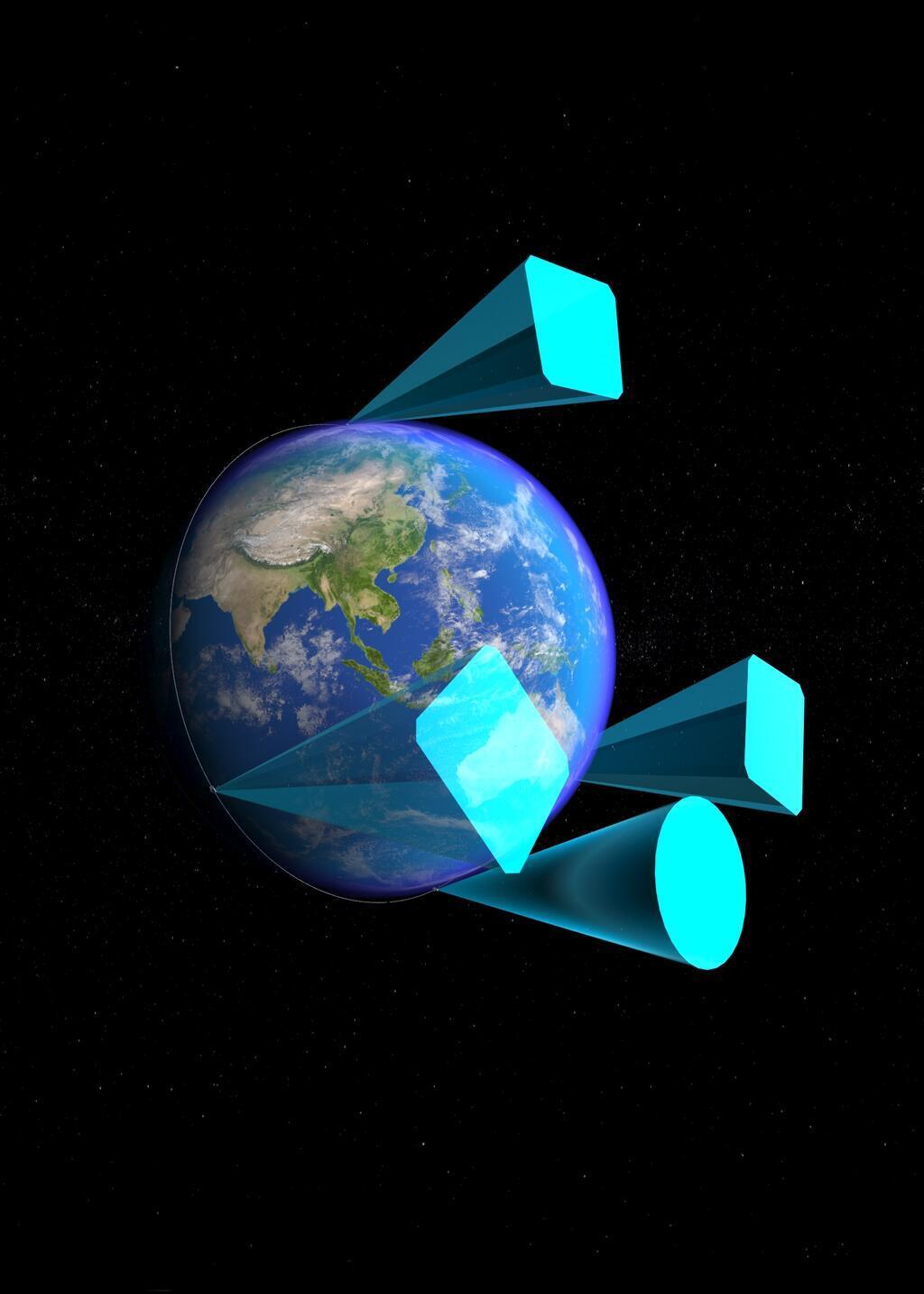
Four small suitcase-sized spacecraft, designed and built by Southwest Research Institute, have made a final Earth-side pit stop at Vandenberg Space Force Base in California. NASA’s Polarimeter to Unify the Corona and Heliosphere, or PUNCH, mission is sharing a ride to space with the Spectro-Photometer for the History of the Universe, Epoch of Reionization and Ices Explorer (SPHEREx) observatory.
“The PUNCH mission will integrate our understanding of the Sun’s corona, the outer atmosphere visible during total solar eclipses, with the ‘solar wind’ that fills and defines the solar system,” said PUNCH Principal Investigator Dr. Craig DeForest of SwRI’s Solar System Science and Exploration Division. “Once the constellation is deployed, we’ll be able to routinely see and understand the solar wind itself, as it streams out from our star and washes over Earth.”
The PUNCH constellation of satellites is targeted to launch in late February 2025 into a polar orbit along the day-night line, so the spacecraft will remain in the sunlight with a clear view in all directions.
Three satellites will carry SwRI-developed Wide Field Imagers (WFI) — heliospheric imagers providing views from 18 to 180 solar radii, or 45 degrees, away from the Sun in the sky. The WFIs use an artificial “horizon” and deep baffles to view the very faint outermost portion of the solar corona and the solar wind itself.
“The instrument reduces direct sunlight by over 16 orders of magnitude or a factor of 10 million billion — the ratio between the mass of a human and the mass of a cold virus,” DeForest said. “The wide-field achromatic optics are based on the famous Nagler eyepiece design used in terrestrial telescopes.”
One satellite carries a coronagraph, the Narrow Field Imager developed by the U.S. Naval Research Lab, that images the Sun’s corona continuously.
All four spacecraft are synchronized to serve as a single “virtual instrument” to capture roughly a quarter of the sky, centered on the Sun. Each spacecraft also includes a camera, developed by RAL Space, to collect three raw images, through three different polarizing filters, every four minutes. In addition, each spacecraft will produce a clear unpolarized image every eight minutes, for calibration purposes.
“When electron particles scatter sunlight, the waves of light become aligned in a particular way — this is polarized light,” DeForest said. “By measuring the light using polarizing filters similar to polarized sunglasses, PUNCH scientists can make a 3D map of the features they see throughout the corona and inner solar system.”
This new perspective will allow scientists to discern the exact trajectory and speed of coronal mass ejections as they move through the inner solar system, improving on current instruments that only measure the corona itself and cannot measure motion in three dimensions.
“The PUNCH team proved to be remarkably resilient as we successfully overcame a number of late-breaking challenges over the last several months to complete integration and environmental testing of the four observatories,” said PUNCH Project Manager Ronnie Killough. “I look forward to a successful launch!”
The Small Explorers (SMEX) program provides frequent flight opportunities for world-class scientific investigations from space using innovative, efficient approaches within the heliophysics and astrophysics science areas. In addition to leading the PUNCH science mission, SwRI will operate the four spacecraft. The PUNCH team includes the U.S. Naval Research Laboratory, which is building the Narrow Field Imager, and RAL Space in Oxfordshire, England, which is providing detector systems for four visible-light cameras.
Quelle: Southwest Research Institute
----
Update: 2.02.2025
.

